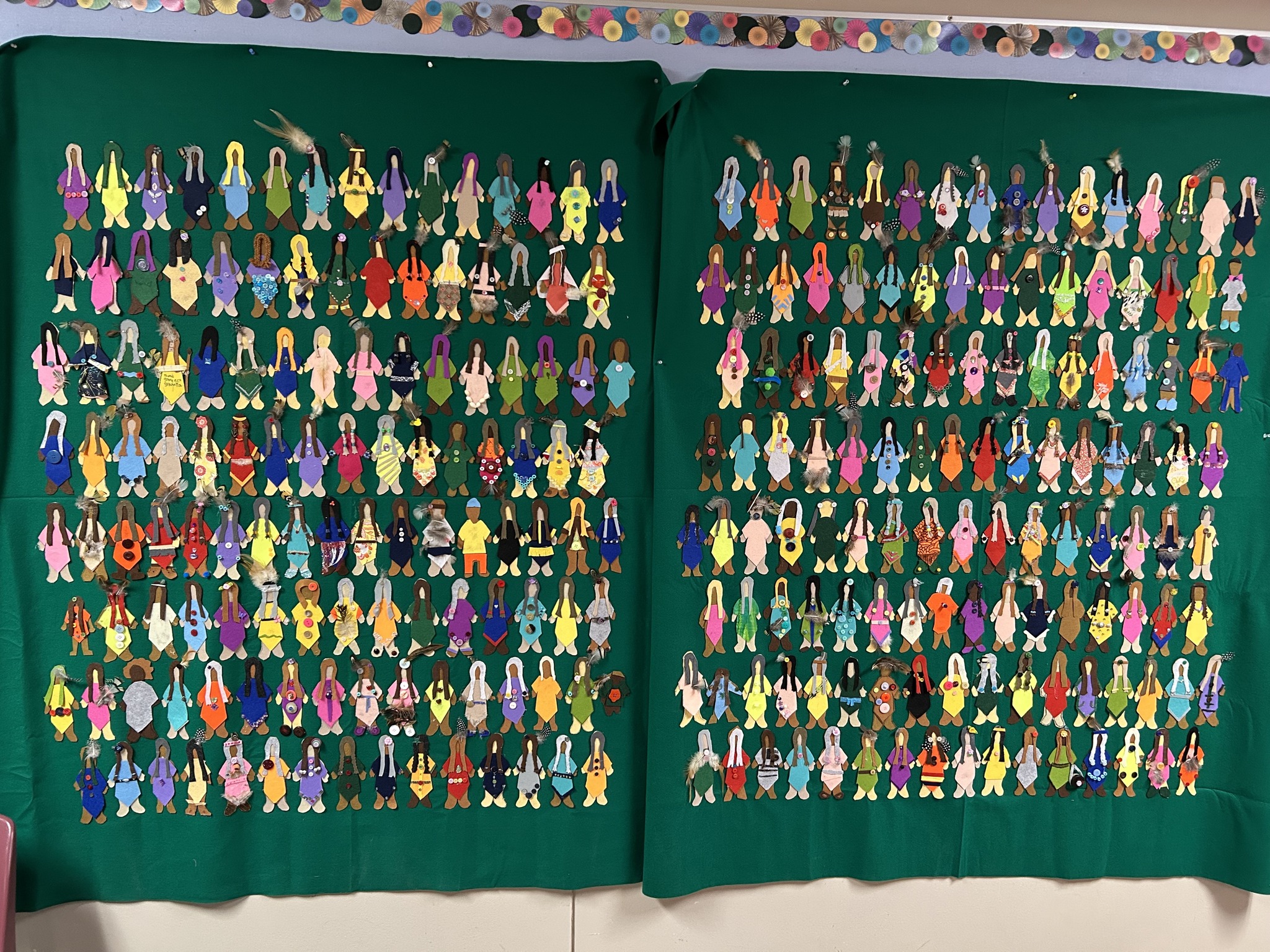Donations to Indigenous charities peaks at times of ‘national reckoning’ - can organizations sustain the momentum?
Why It Matters
With 2025 being the ten-year anniversary of the Truth and Reconciliation Commission’s recommendations, there is likely to be a renewed focus on the lasting impacts of colonization in Canada. Research suggests that the Government has still not met many of its commitments to Indigenous communities, leaving Indigenous-serving charities and non-profits to fill the gap.

Donations to Indigenous organizations have risen significantly in recent years, according to CanadaHelps’ 2025 Giving Report. However, the organization found that the most noticeable peaks in giving have been around “moments of national reckoning.”
“The outlier year was 2021, and the announcement from Kamloops about 215 potential bodies being recovered from a residential school there was a kind of national reckoning,” said Sarah Midanik, president and CEO of the Gord Downie and Chanie Wenjack Fund.
“Canadians felt we hadn’t learned about this in the classroom or made aware. There was this feeling of betrayal, and disgust because the last residential school closed in 1996,” she added.
The Downie Wenjack Fund is committed to expanding education about Indigenous history and reconciliation in schools, communities and corporate settings.
In 2021, “we saw a huge spike in giving as Canadians grappled with their personal role in and contribution to truth and reconciliation,” Midanik said.
According to CanadaHelps, the dollar value of donations to Indigenous organizations grew from $800,000 in 2018 to $3.9 million in 2024. However, as a proportion of overall giving, not much has changed: in 2018, donations to Indigenous charities and non-profits made up 0.4 per cent of all giving, while in 2024, that figure rose to 0.8 per cent of donations flowing through CanadaHelps.
Like many other organizations, the Downie Wenjack Fund also experienced this peak in giving – and the subsequent dip the following year.
“There was definitely a big prevalence of one-time donors that we did not see again,” Midanik said.

Image: Projects at Ecole William McDonald School in Yellowknife commemorating Missing and Murdered Indigenous Women, Girls and Two-Spirited People, as part of the Downie Wenjack Fund’s Legacy Schools program. (Downie Wenjack Fund / Facebook)
By organizing a campaign dedicated to the Kamloops residential school recovery, the Fund was able to convert many one-time donors into regular, monthly supporters, she added.
In 2021, Indigenous organizations received a record $6.5 million in donations through CanadaHelps, up from $2.3 million the previous year. In 2022, however, the figure dropped again to $4.9 million, and by 2023, Indigenous organizations received $3.8 million in donations.
“[The drop] has required charities to rethink programs, having to stretch dollars further,” said Nicole Danesi, senior manager of strategic communications and brand at CanadaHelps.
“I know a lot of Indigenous-serving and Indigenous-led organizations were receiving federal program-based funding, and a lot of those programs have not continued,” said Midanik.
Due to the drop in government funding, Indigenous organizations will become increasingly reliant on donations and philanthropy, and, where possible, create social enterprises to diversify revenue, Midanik added.
That will add additional pressure to organizations already providing frontline services to Indigenous communities, she said.
To encourage a higher volume of repeated, regular donations, there needs to be more education about the lasting impacts of colonization, including social determinants of health, and the overrepresentation of Indigenous people in the criminal justice and child welfare systems, Midanik said.
“You can disassociate yourself from whether or not you think reconciliation is something that you should be concerned with. But if you’re a taxpayer that lives in this country, you should care about reconciliation,” she said.
It has been ten years since the Truth and Reconciliation Commission released 94 Calls to Action that committed resources and funding to advancing outcomes for young people, language and culture, health, legal justice, history, and other aspects of reconciliation with Indigenous communities.
In May this year, the Gord Downie and Chanie Wenjack Fund found that only 15 of those 94 proposals have been fulfilled.

